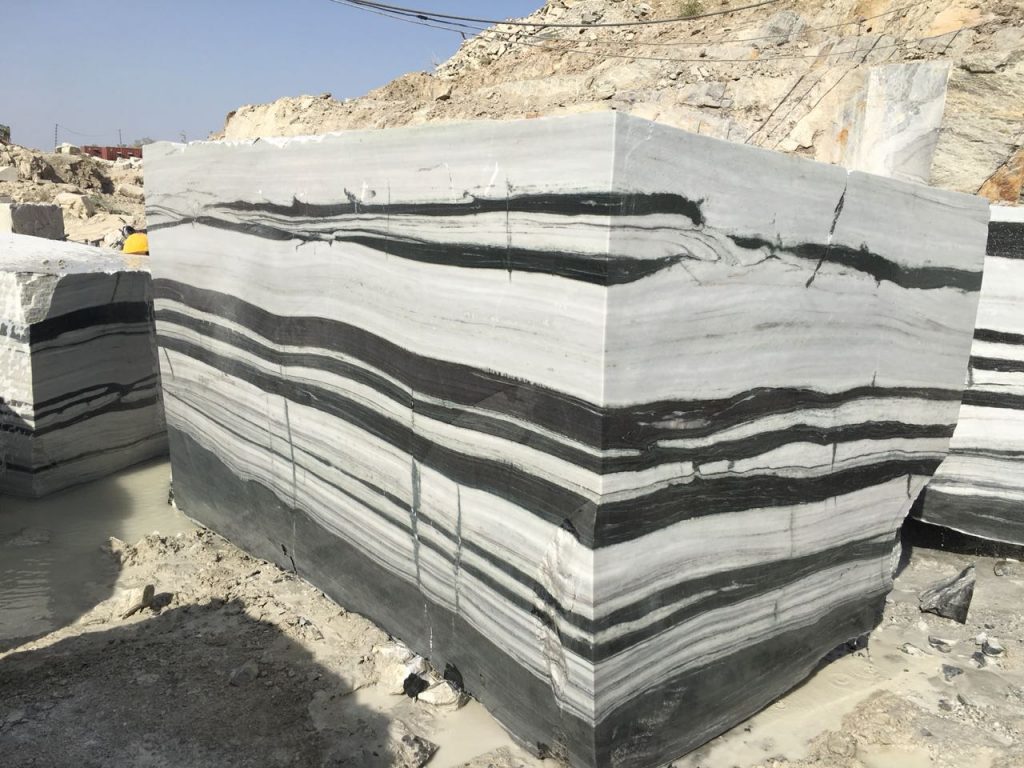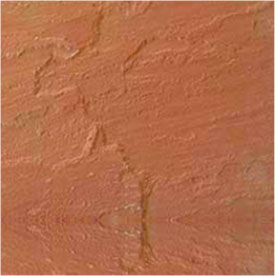Why choose marble facades for modern construction?
October 14, 2022 AdminIn ancient Greece and Rome, marble was used to construct some of the most well-known buildings in the world, including temples, bathhouses, and marketplaces. Most often, the majority of the building costs were incurred in the marble quarrying and transportation process, along with the expert shape and riveting of the large blocks.

Marble was relegated to the most socially valuable buildings, such courthouses and town halls, as labour expenses increased. Due to technical advancements over the past 50 years, marble is now available as both normal dimension stone and thin panel cladding. This is why marble facades are pretty much common in both traditional and modern construction.
Properties of Marble
Limestone and other alluvial carbonate rocks are altered by great heat and pressure to generate marble, a metamorphic rock. As opposed to slate or mica, where discrepancy tension causes cleavage streaks, marble is non-foliated and has a wide range of uses in both architecture and art.
There are hundreds of different types of marble that can be found all over the globe, including in the US, Europe, India, and Egypt. As limestone transformed into marble, impurities in the stone shifted and re-crystallized, creating recognizable veins and colour gradations.

Real calcite and dolomite marbles, as well as serpentine, travertine, and hard limestone, are all examples of geologic formulations that are referred to as “marble” and are used commercially.
Reasons To Choose Marble Wall Cladding
Marble is the most desired material for wall cladding or façade design for a variety of reasons.
- Greater strength Marble, a metamorphic rock composed of limestone, has exceptional forte and heat resistance.
- A greater variety of hues and designs – Marble is available in virtually all common hues and patterns, giving architects greater design possibilities.
- Single-source material – Each marble slab will have a unique appearance because it was made through a natural process.
- Classic – It hasn’t been impacted by the channel of time, so it still looks natural. Marbles last longer than other materials when compared to them.
- Multiple uses – It offers a variety of building and decoration possibilities. It may be applied both indoors and outdoors.
Stone Tolerance
According to European Standard BSEN 1469, BS 8298: 2000 specifies the manufacturing acceptance for stone thickness and face scopes.
a) Units 50mm thick or less: The height and length measurements cannot deviate from the given values by more than 2mm.
b) For units that are more than 50 mm thick, the length and height measurements cannot deviate from the specified values by over 3 mm every 900 mm.
Designing Better Systems

Perpetual Dead Loads – The supporting masonry’s real weight, which may be roughly calculated employing a density of three tonnes per cubic meter. In other cases, the stone might be off-center from the support, which will cause the dead weight to act eccentrically on the fasteners.
To build cladding fastening that is reliable and safe, careful attention at an initial stage of the design process is essential. Fixtures need to be three-dimensionally changeable in order to adhere to building tolerances.
Temporary Applied Loads triggered by factors including window cleaning apparatus, structural and thermal motions, wind pressure, and section, among others. These loads will need to be evaluated by a structural engineer.
Structural Movement
Marble, concrete, sealant, and steel are all affected differently by temperature, wind pressure, and seismic pressures. If the marble facade design does not account for and respond to these varying levels of change, the wall structure will collapse under the strain of constrained mobility. To increase tolerance for this differential movement, a bond breaker, frequently a foam pad or polyethylene sheet may be placed between concrete reinforcement and marble panels.
The holes and drill kerfs are just a bit larger than the anchor to accommodate the crusade at anchor points. This anchoring region was formerly often packed with epoxy to ensure water tightness. Epoxies, on the other side, prevent shear measure, which might lead to marble facades or cladding shattering. Instead, use flexible sealants or rubber grommets to balance.








